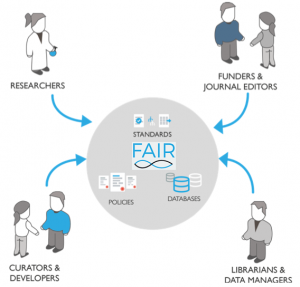
A quick post this week. I write “this week” in an attempt to convince regular readers that weekly posting will continue. I noticed that J. Cell Sci. give download metrics for their papers and that these downloads are categorised into abstract, full-text and PDF. I was interested in how one of my papers performed.






